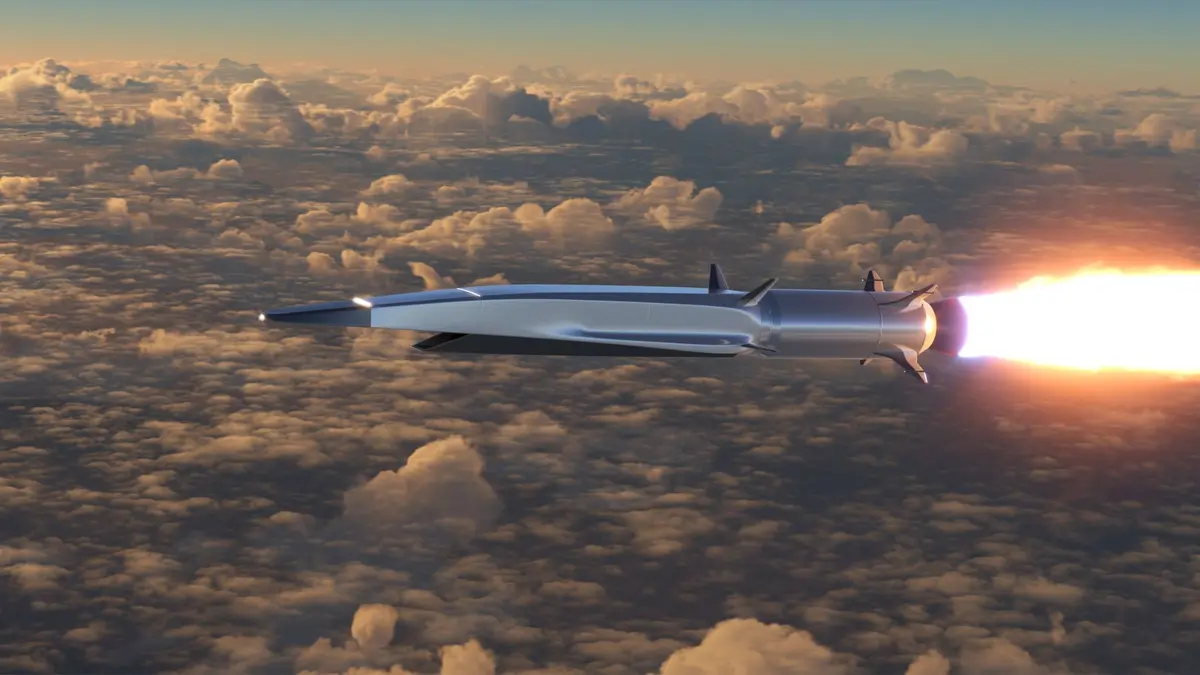In a development that could redefine the future of high-speed flight and global defense capabilities, China has announced a significant achievement in hypersonic propulsion. A team of Chinese scientists reportedly ran a Rotating Detonation Engine (RDE) for a record-setting 600 seconds, a milestone that could give China a competitive edge in the global hypersonic arms race involving the United States, Russia, and other major powers.
The RDE operates by using a series of continuous shockwave-induced detonations to generate thrust, offering greater efficiency and power than conventional jet engines that rely on standard combustion. This advanced propulsion method enables vehicles to potentially travel at hypersonic speeds — over five times the speed of sound — while consuming less fuel.
While the concept is not entirely new, the implementation has long eluded aerospace engineers. The U.S. Air Force and the University of Michigan examined similar technologies back in the 1950s through a project called the Oblique Detonation Engine (ODE). NASA picked up the research in the 1970s, targeting Mach 16, but technical challenges in stabilizing detonation waves and managing fuel-air mixing proved insurmountable at the time. Other efforts, like the U.S. Navy’s “dream shell” project initiated around 2012, sought Mach 5 capabilities using satellite navigation, but were ultimately discontinued by 2021.
READ MORE:
Vivo V29 Pro 5G: Premium Design and Performance at a Competitive Price
China’s breakthrough, detailed by state media, was accomplished by scientists at the National University of Defense Technology. Their scaled-down RDE reportedly ran in a wind tunnel for 10 uninterrupted minutes, using a mixture of ethylene and oxygen. The team successfully maintained a stable detonation wave, controlled engine temperatures, and sustained high thrust — something never previously achieved for such a duration.
If scalable, this RDE could revolutionize aerospace applications, potentially powering next-generation hypersonic missiles, spaceplanes, or ultra-fast aircraft. Hypersonic weapons are especially valuable in modern warfare due to their speed, maneuverability, and the difficulty in intercepting them — whether they carry nuclear or conventional warheads.
While China, the U.S., and Russia continue to vie for hypersonic supremacy, this reported success could give China a strategic lead — provided it holds up to international verification. However, the lack of independent confirmation fuels skepticism, especially given China’s reputation for secrecy surrounding military innovations.
If verified, the RDE could mark a significant leap from theoretical models to real-world application — with the potential to shift the global balance of power in the hypersonic age.




